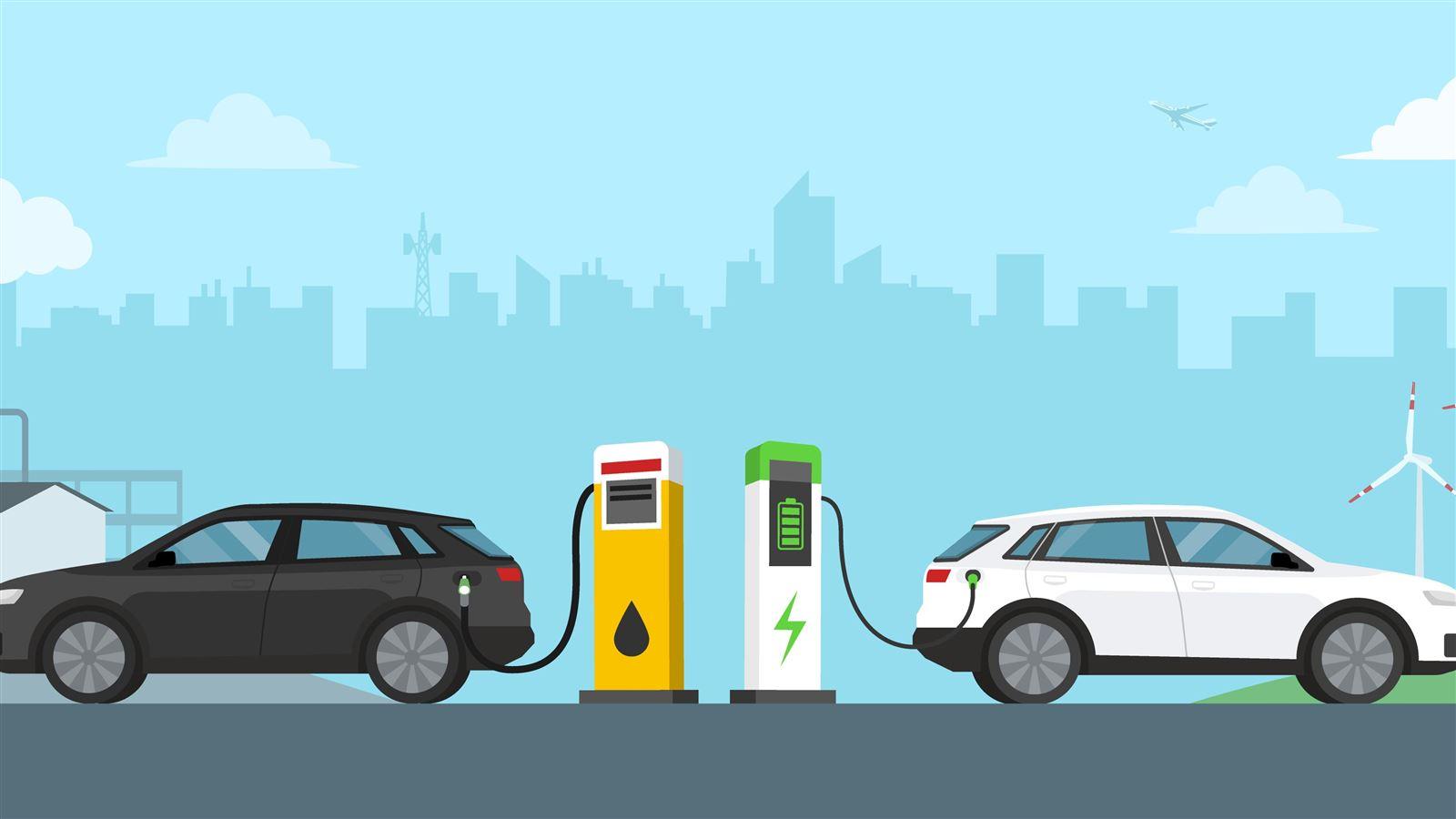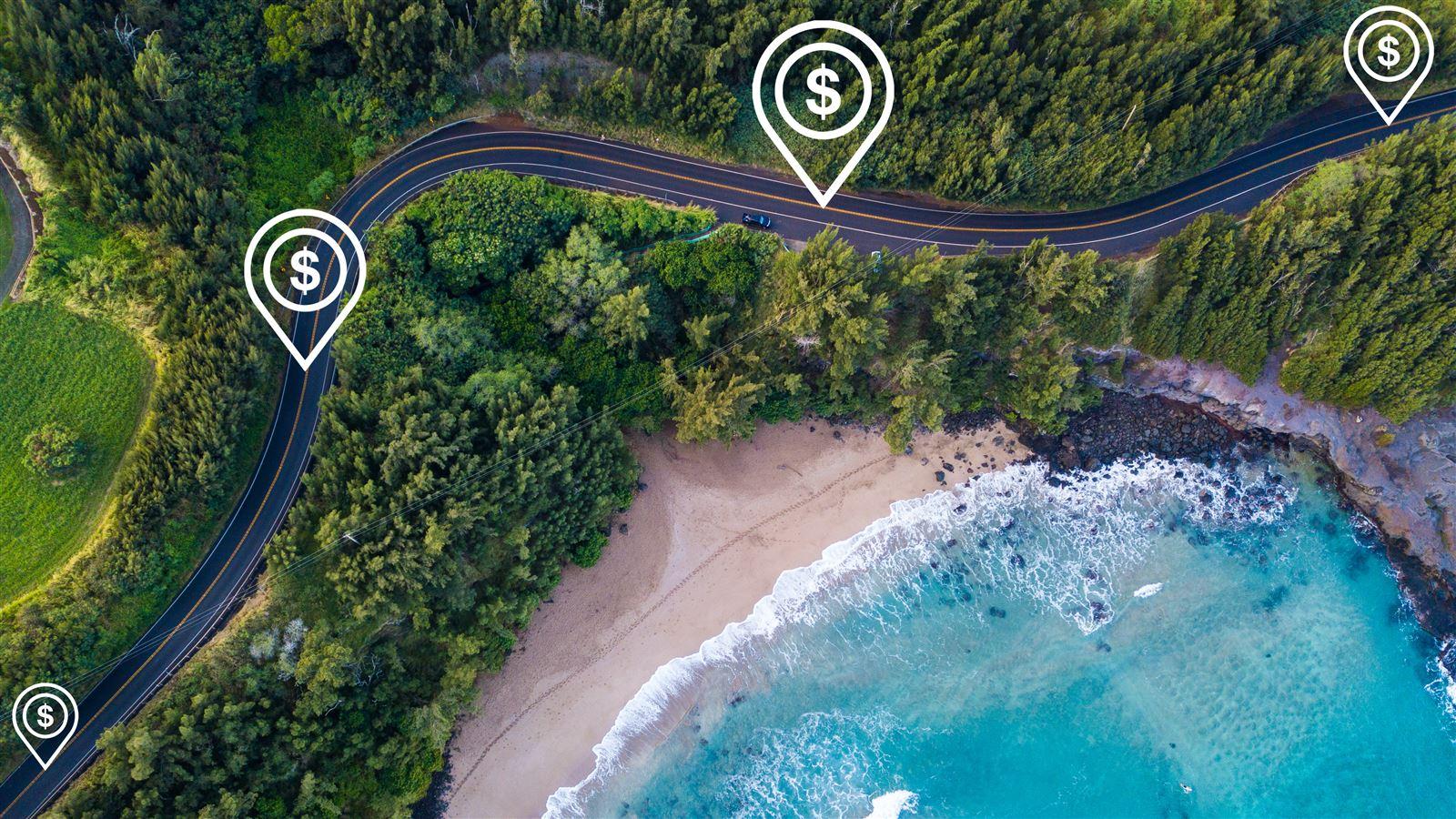How is Hawaii implementing its road usage charge?
Addressing environmental and revenue challenges
Initially, the Hawaii Department of Transportation (HiDOT) joined a consortium in which states explored the viability of RUC, but as they assessed revenue trends more deeply, Hawaii foresaw the monetary potential to flatten or decline over time. Concurrently, the state was facing pressure to accelerate electric vehicle adoption due to environmental goals and sustainability concerns forecasting a steady increase in sea level rise and king tides along Hawaii’s coastlines.
With this heightened sense of urgency to future-proof from looming threats, visionary leaders at HiDOT and key decision-makers began looking for sustainable transportation solutions that aligned with their environmental goals and ensured the state's self-sufficiency in funding and maintaining its transportation infrastructure.
Engaging the public
As Fernandez explains, implementing a road usage charge for Hawaii's 1 million vehicles was both exciting and challenging. Locals were very concerned about taxes (both gas tax and otherwise), so the project team made sure to develop a strategy that involved direct public engagement. They actively sought input, listened to feedback, and acknowledged the need for a customized approach.
And because the state is so diverse, the team also traveled to various counties and islands to understand the concerns and perspectives of each community, ensuring that the changes would be effectively understood and well-received.
Learning from other states and community feedback
Fernandez was notably impressed by the insights gained from the feasibility studies and observations of states like Washington, which had conducted RUC pilots before Hawaii. In public engagement efforts, the approach was not just about raising awareness but also actively listening to and addressing community concerns. This feedback process was integral, with a focus on understanding and responding to public priorities and issues.
In many states that are piloting or implementing RUC, plug-in devices are used to track mileage with daily or weekly data uploads. Hawaii decided to use their historical odometer readings from annual vehicle inspections to create personalized driving reports for each vehicle owner. These reports detailed annual mileage and fuel efficiency, helping drivers understand how the proposed road usage charge would affect them while also solving for residents’ concerns around privacy and data security. The overwhelming response from the public was a preference for vehicle inspections over high-tech solutions due to privacy concerns. Fernandez says this was feedback they would not have gotten had it not been for the two-way communication the team established to address public concerns.
It’s so important to engage in genuine dialogue with all our stakeholder communities, rather than just present them with information


As we discovered, the solution was really to go out there and talk to the public and get their input, get their feedback, and also listen to what they have to say
Learning from other states and community feedback
Fernandez was notably impressed by the insights gained from the feasibility studies and observations of states like Washington, which had conducted RUC pilots before Hawaii. In public engagement efforts, the approach was not just about raising awareness but also actively listening to and addressing community concerns. This feedback process was integral, with a focus on understanding and responding to public priorities and issues.
In many states that are piloting or implementing RUC, plug-in devices are used to track mileage with daily or weekly data uploads. Hawaii decided to use their historical odometer readings from annual vehicle inspections to create personalized driving reports for each vehicle owner. These reports detailed annual mileage and fuel efficiency, helping drivers understand how the proposed road usage charge would affect them while also solving for residents’ concerns around privacy and data security. The overwhelming response from the public was a preference for vehicle inspections over high-tech solutions due to privacy concerns. Fernandez says this was feedback they would not have gotten had it not been for the two-way communication the team established to address public concerns.
“When a lot of people first hear about a road usage charge, they say, ‘well, that must mean I'm going to have to pay a lot more.’ But then when you drill down to how much somebody is paying in the gas tax versus this new RUC system, people look at their statements and say ‘OK, that’s $120 versus $140. That’s not such a drastic change; I can do that,” Fernandez says.
Looking to Hawaii’s future
In 2023, a bill was passed that will implement a road usage charge for Hawaii drivers starting on July 1, 2025. Initially, it will be optional for electric vehicles until July 1, 2028, when it will then become mandatory for EV drivers to participate. HiDOT is required to submit a plan to transition the entire vehicle fleet to a RUC system by 2033.
Hawaii has ambitious targets for clean energy adoption, and the state’s RUC program is a meaningful step toward the state's commitment to sustainability and resilience.
Ging Ging Fernandez is a seasoned project manager with 20 years of experience in communications and transportation engineering, specializing in RUC, electronic payment systems, ITS standards and all phases of the Systems Engineering Lifecycle.




